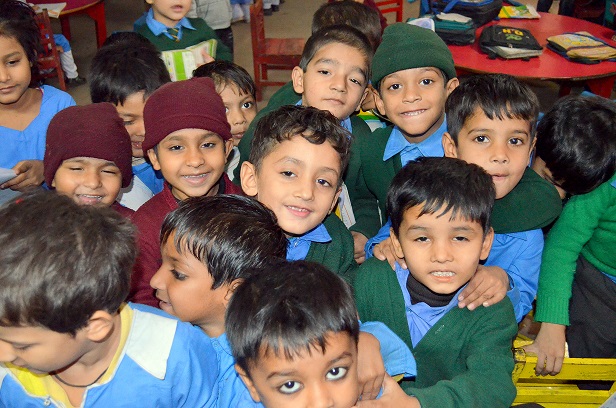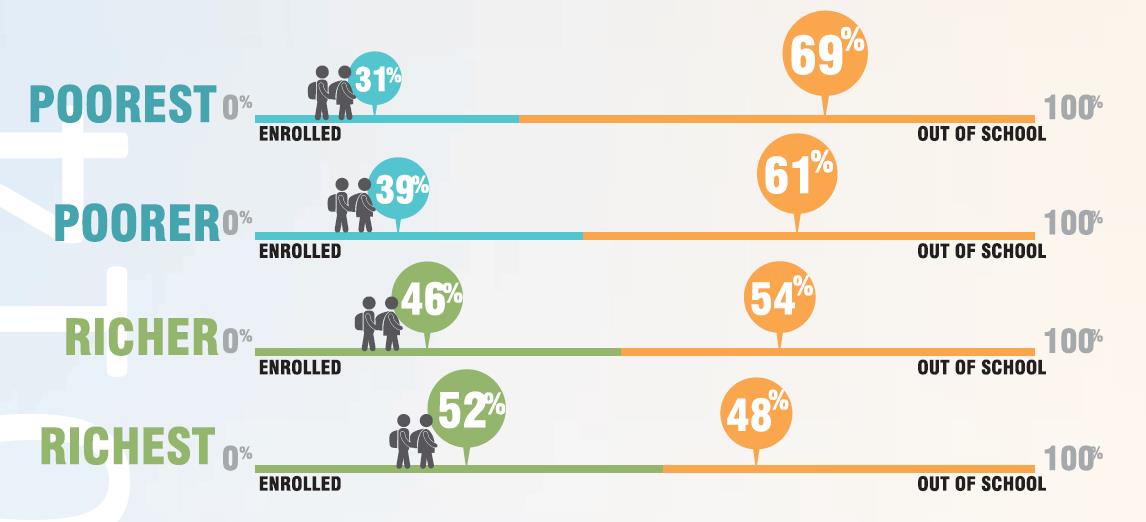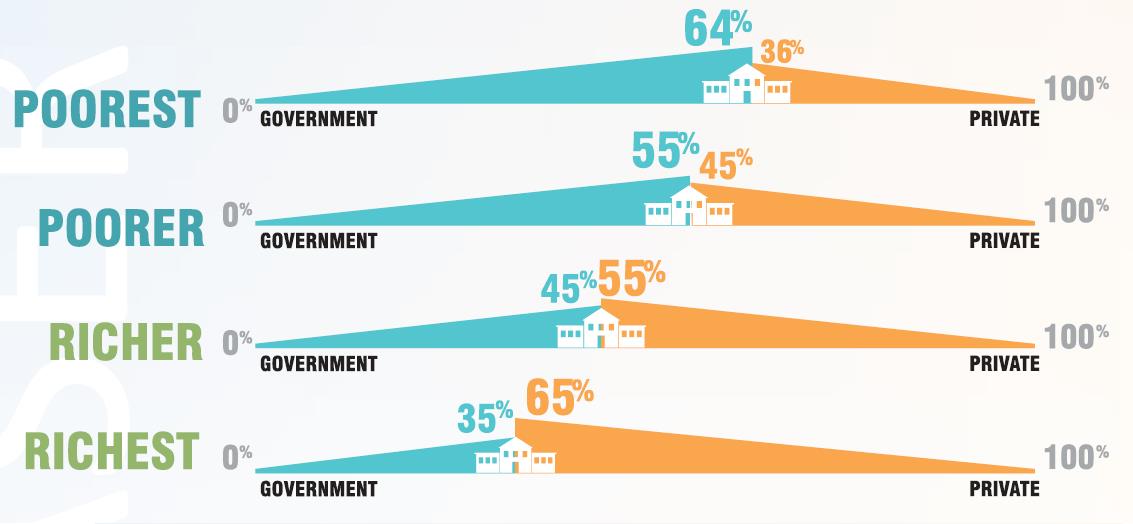Disadvantage at the Starting Gate: Early Childhood Education in Pakistan By Huma Zia Faran
By Huma Zia Faran, Annual Status of Education Report (ASER), Pakistan.
 The recent upsurge in research on the development of a child’s brain underscores the need for greater attention to early childhood care and education, especially in developing countries. Studies (Cunha et al., 2006, and Heckman et al., 2010) reveal how a child’s brain develops at a surprisingly rapid rate during the early years thereby laying foundations for lifelong development. Early childhood education helps level the playing field for disadvantaged children as they enter primary school, empowering them to be confident and successful in later education and employment.
The recent upsurge in research on the development of a child’s brain underscores the need for greater attention to early childhood care and education, especially in developing countries. Studies (Cunha et al., 2006, and Heckman et al., 2010) reveal how a child’s brain develops at a surprisingly rapid rate during the early years thereby laying foundations for lifelong development. Early childhood education helps level the playing field for disadvantaged children as they enter primary school, empowering them to be confident and successful in later education and employment.
The recently agreed Sustainable Development Goal (SDG) on education, that Pakistan has committed to, makes reference to the importance of early childhood education:
Goal 4.2: By 2030, ensure that all girls and boys have access to quality early childhood development, care and pre-primary education so that they are ready for primary education
Being part of such global education commitments and following Article 25-A of Pakistan’s Constitution on the Right to Education, Pakistan included at least one compulsory year of early childhood education in its National Education Policy and developed a National Curriculum for Early Childhood Education (ECE). However, the ECE goals were farfetched. By the end of 2015, ASER Pakistan found that the proportion of children between 3-5 years who were out of school was 61% in rural areas and 42% in urban areas. In rural areas, 51% of early childhood provision is public, compared to 58% in urban areas.
Evidence from ASER 2014 data shows that Pakistan faces a two-fold challenge – access to early childhood schooling and the long lasting effect it has on the learning abilities of a child. This blog explores the impact of socio-economic conditions upon the enrolment of children in pre-school and explains the preparation of children for transition from pre- to post- primary.
Disadvantage at the Start: Early Childhood Access along Socio-economic Lines
The infographic below reveals access to early childhood education across socio-economic lines throughout Pakistan. Results show that only 31% of children from the poorest families are enrolled in early childhood schooling in rural Pakistan whereas 52% of the children from the richest families are attending pre-school. Similarly, while the largest proportion of out of school children belong to the lowest quartile, the smallest proportion belong to the richest quartile. Nonetheless, approximately 50% of children of the richest families are still not enrolled in pre-schools.

Additionally, the enrolment in ECE by type of institute portrays an interesting picture – the highest percentage of enrolment in government school prevails in the poorest quartile whereas the highest enrolment in private school exists in the richest quartile.

Disadvantage in Primary Schooling: Poor Learning Levels
Over 60% of children are not enrolled in any pre-primary program in rural areas – with a large proportion being out of school at ages 3 and 4 – the crucial early years of development for millions of young minds. This problem becomes more pronounced when it translates into poor learning levels in primary classes at school.
ASER learning assessments show that only 38% children in class 1 could read letters in Urdu/Sindhi/Pashto and only 16% of class 3 children could read a story based on grade II level curriculum. Similar trends are shown in English and Arithmetic assessments. Only 24% of class 1 students could read small letters in English and only 14% of class 3 children could read sentences. Arithmetic results are the weakest of all assessments. 30% of children enrolled in class 1 could recognize the numbers 10-99 and 11% of children enrolled in class 3 could do division.
The above analysis articulates the urgent need for action to be taken at the national level to promote learning of children from early age for building lifelong learning skills with emphasis on the most marginalized. It also illustrates the challenge of living up to the SDG 4 ambition.
Huma Zia Faran is working as the Deputy Head of the Annual Status of Education Report Pakistan. She has been engaged with large-scale household based assessment since 2011. Her major areas of interest include girls’ education, quality of learning, rural-urban education disparities, early childhood education and education along socio-economic lines. Email: humazia3@gmail.com
Related NORRAG Blogs by ASER, Pakistan:
- Whose Learning Should be Prioritized? – October 27, 2015
- ASER 2014: Engaging Citizens to Measure Learning Outcomes and Spark Change in Pakistan – February 5, 2015
- The Growing Gender and Educational Inequalities – Addressing the Marginalized! – February 18, 2014
- Public-Private Partnership Schools: A Better Option for Quality Education for All in Pakistan? – February 12, 2014
>>View all NORRAG Blogs on the Education Sustainable Development Goal
NORRAG (Network for International Policies and Cooperation in Education and Training) is an internationally recognised, multi-stakeholder network which has been seeking to inform, challenge and influence international education and training policies and cooperation for almost 30 years. NORRAG has more than 4,500 registered members worldwide and is free to join. Not a member? Join free here.

Pingback : ASER 2015 Results from Pakistan: Making the Invisible Visible | NORRAG NEWSBite
Pingback : NORRAG ASER 2015 Results from Pakistan: Making the Invisible Visible - NORRAG